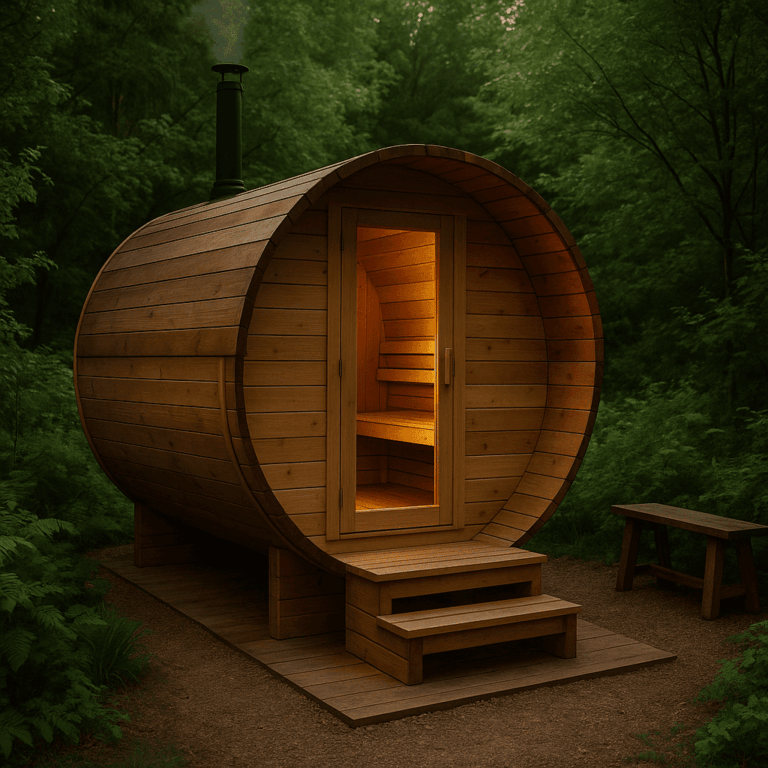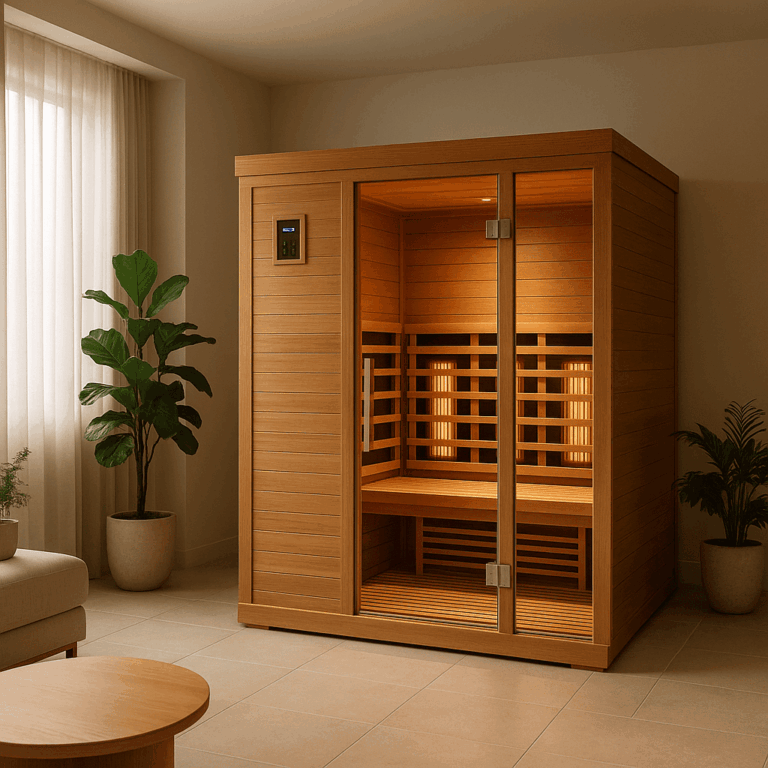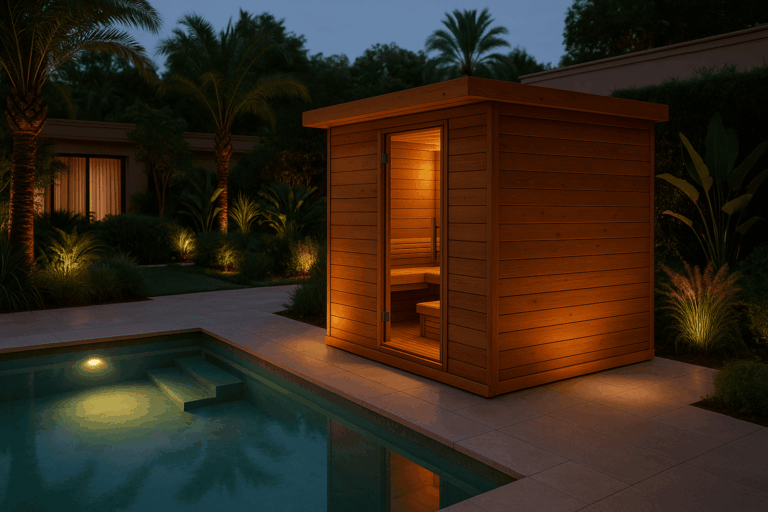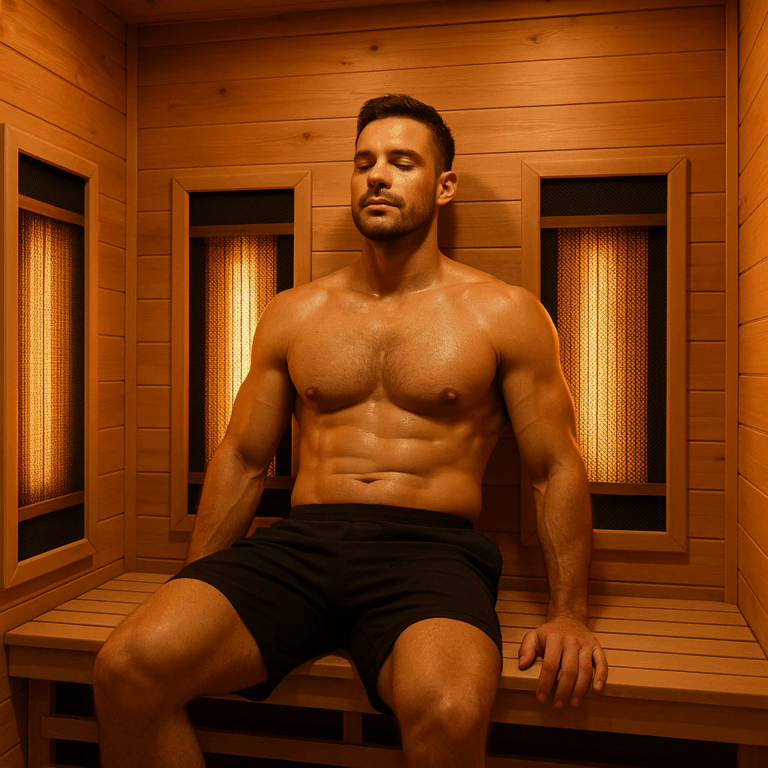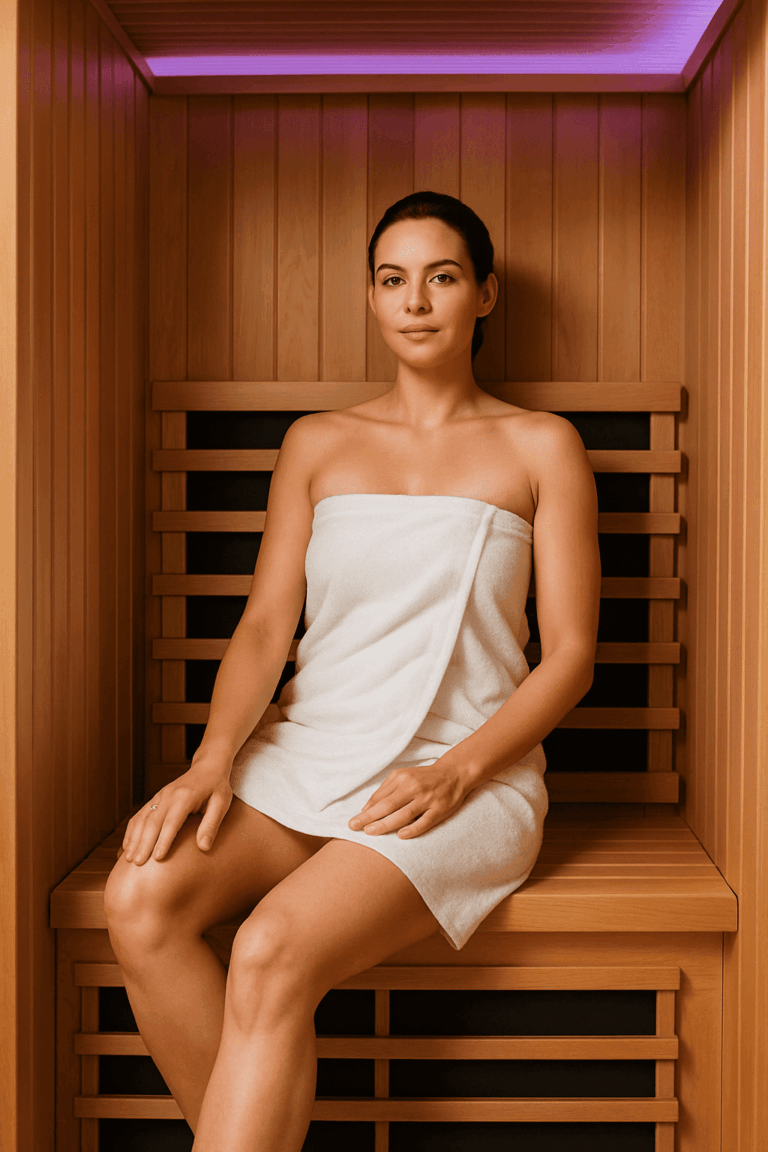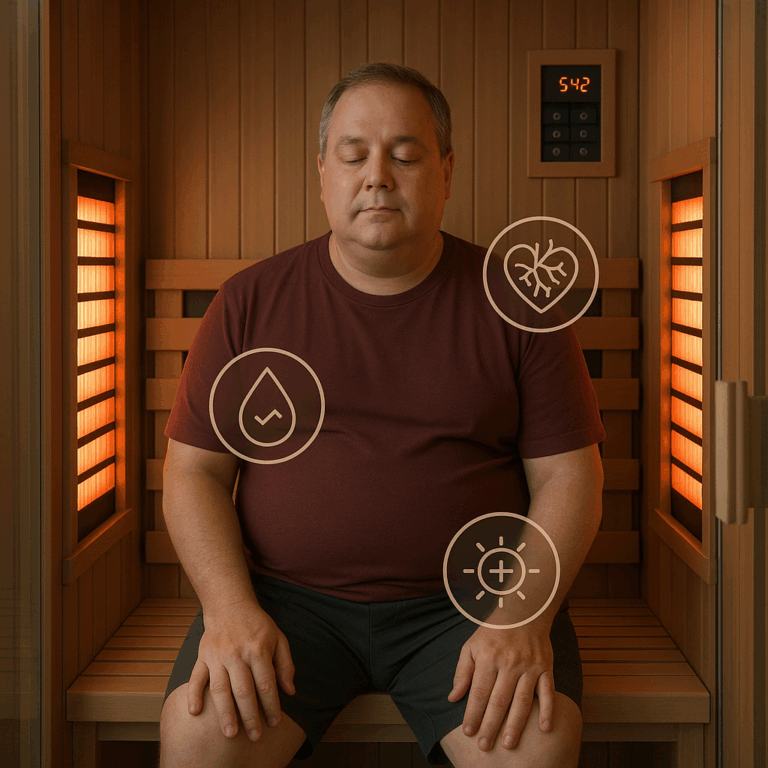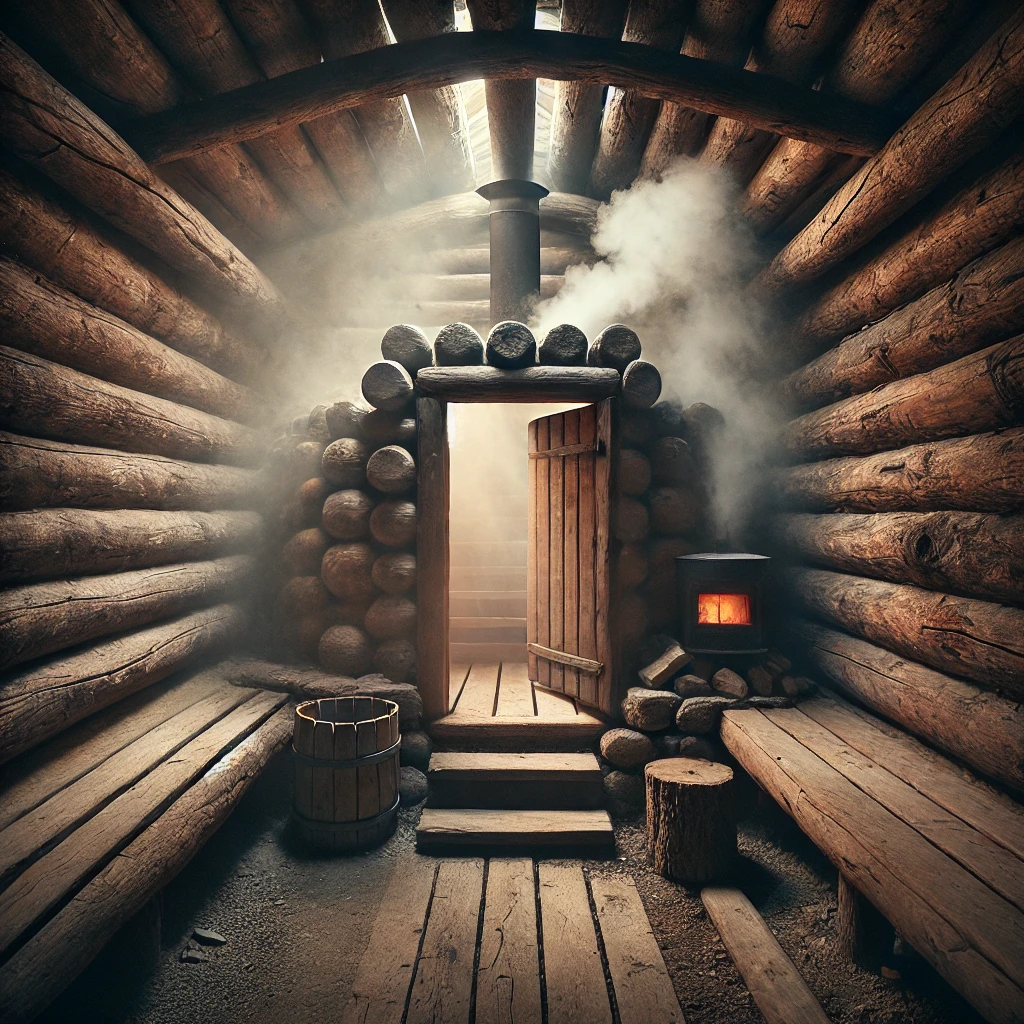
Saunas have been an integral part of human culture for thousands of years, serving as spaces for relaxation, purification, and social connection. From the smoke saunas of ancient Finland to the technologically advanced infrared saunas of today, the history of saunas is a testament to their enduring appeal and evolving functionality.
Ancient Origins: The First Saunas
Saunas in Prehistoric Societies
While Finland is most commonly associated with saunas, the concept of heated bathing spaces predates recorded history. Archaeological evidence suggests that early human civilizations used primitive versions of saunas by heating stones and pouring water over them to create steam.
- Nomadic tribes in Central Asia were known to heat stones and use makeshift enclosures for steam baths.
- Early American indigenous cultures, such as the Mayans and Native American tribes, developed sweat lodges—enclosed structures heated with fire-heated stones to induce sweating for spiritual and medicinal purposes.
- The Romans built elaborate thermae (bathhouses), which, while structurally different, shared the same concept of hot air bathing and steam therapy.
The Finnish Sauna: Birth of a Tradition
The modern concept of the sauna traces its deepest roots to Finland, where the earliest saunas date back over 2,000 years. The first Finnish saunas were simple pits dug into hillsides, covered with animal hides or logs. These early versions, known as “savusaunas” (smoke saunas), lacked chimneys—meaning that smoke from wood-burning stoves filled the room before being vented out.
By the Middle Ages, Finnish saunas had evolved into free-standing wooden structures, often located near lakes or rivers. The sauna was an integral part of daily life, used for hygiene, relaxation, and even childbirth.
The Global Expansion of Saunas
Saunas in Russia: The Banya Tradition
As the Finnish sauna tradition spread eastward, it influenced the Russian “banya”, which became a cultural staple. Unlike traditional Finnish saunas, banyas often included whisking with birch branches (venik) to stimulate circulation and exfoliate the skin.
- Early Russian banyas were typically small wooden huts with high heat and humidity levels.
- By the 18th and 19th centuries, banyas became a cornerstone of Russian social life, often visited in groups for communal bathing.
Saunas in Japan: The Onsen and Sentō Influence
While Japan’s onsen (hot springs) and sentō (public bathhouses) differ in function, they share similarities with sauna culture. The Japanese have long valued heat-based therapy, using natural hot springs and steam rooms for relaxation and health benefits.
The Rise of Saunas in Europe and North America
Finnish immigrants introduced saunas to Sweden, Norway, Germany, and the United States in the late 19th and early 20th centuries.
- In Germany, the concept of thermal bathing and steam rooms was adopted into wellness resorts and “Kneipp therapy” (a hydrotherapy treatment).
- In the United States, Finnish settlers in the Midwest built traditional wood-burning saunas, particularly in states like Minnesota and Michigan, where Finnish populations were concentrated.
- The first public sauna in the U.S. opened in New York City in the 1880s, catering to Finnish and Eastern European immigrants.
The Evolution of Sauna Technology
The Transition from Wood-Burning to Electric Saunas
By the 20th century, sauna technology evolved significantly. While traditional wood-burning saunas remained popular in Finland and rural areas, the introduction of electric sauna heaters in the 1950s revolutionized the industry.
- Electric saunas allowed for faster heating times and easier temperature control.
- The development of infrared saunas in the 1960s and 1970s introduced a new way to experience heat therapy, using infrared light to penetrate deep into the skin.
Infrared Saunas: A Modern Breakthrough
Infrared saunas operate differently than traditional steam saunas. Instead of heating the air, infrared panels emit infrared radiation, which penetrates the body to induce sweating at lower temperatures (120–150°F compared to traditional saunas at 150–195°F).
Infrared saunas have gained popularity due to their lower energy consumption, deep tissue penetration, and potential health benefits, including:
- Increased detoxification through deeper sweating.
- Improved circulation and muscle recovery.
- Lower perceived heat intensity, making it more accessible to individuals who find traditional saunas too intense.
Saunas in Modern Wellness Culture
Saunas in the 21st Century
Today, saunas are more popular than ever, integrated into luxury spas, gyms, and wellness retreats worldwide. The rise of biohacking and longevity-focused lifestyles has further propelled sauna use, with scientific studies confirming numerous health benefits.
The Health Benefits of Regular Sauna Use
Numerous studies have highlighted the profound health benefits of saunas, including:
- Cardiovascular Improvement: A 2015 study in JAMA Internal Medicine found that regular sauna users had a significantly lower risk of heart disease and all-cause mortality.
- Detoxification: Sweating helps remove heavy metals and toxins from the body.
- Mental Health Benefits: Research indicates that heat exposure stimulates endorphin release, reducing stress and symptoms of depression.
- Improved Longevity: A study published in the Journal of Human Hypertension suggested that regular sauna use may extend lifespan by reducing chronic inflammation and improving vascular function.
The Future of Saunas
The sauna industry continues to evolve, with new advancements such as:
- Smart saunas with integrated temperature control, aromatherapy, and chromotherapy features.
- Portable sauna options, including sauna tents and personal infrared units.
- Increased use of eco-friendly materials, such as sustainable wood and low-energy heating systems.
Conclusion
From ancient smoke saunas in Finland to state-of-the-art infrared models, saunas have stood the test of time as one of the most effective wellness tools. Their long history, rooted in tradition and science, continues to shape modern health practices, making them an essential part of holistic living.
Whether you’re considering a traditional wood-burning sauna, a steam sauna, or an advanced infrared model, understanding the rich history of saunas helps deepen appreciation for this time-honored wellness ritual.
